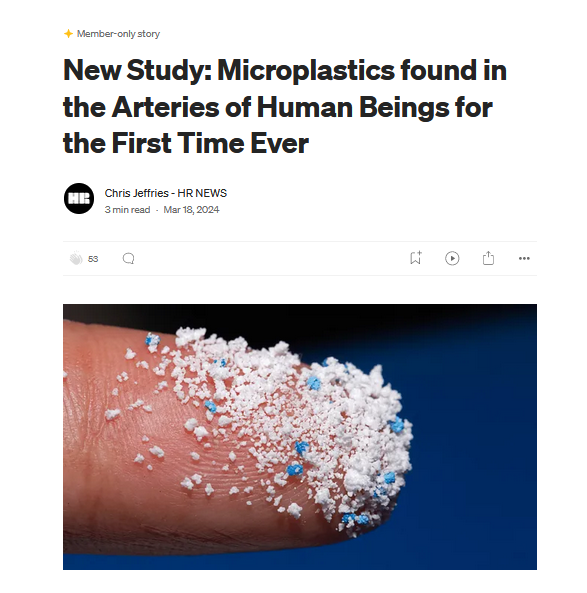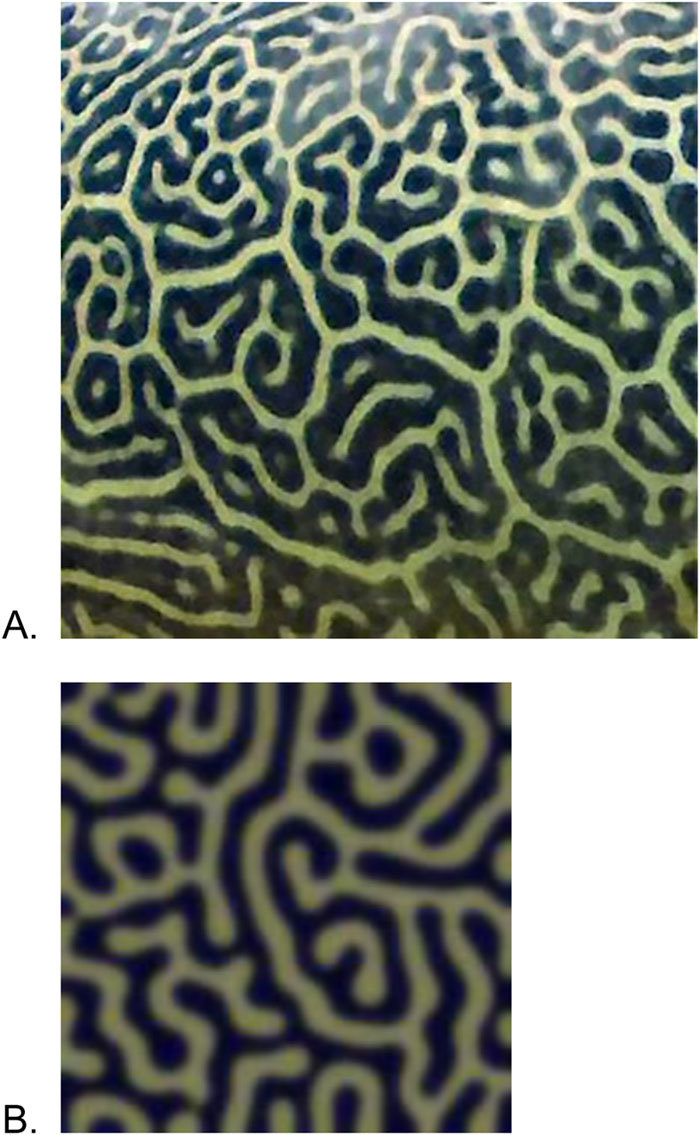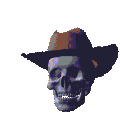science
22803 readers
7 users here now
Welcome to Hexbear's science community!
Subscribe to see posts about research and scientific coverage of current events
No distasteful shitposting, pseudoscience, or COVID-19 misinformation.

founded 5 years ago
MODERATORS
76
77
78
79
80
81
82
83
84
85
86
87
13
Commentary: "A devastating blow: personal reflections on Argentina’s scientific decline"
(journals.asm.org)
88
89
90
91
92
93
30
How food preferences are linked to cognition and brain health – and why a balanced diet is superior
(theconversation.com)
94
95
96
97
98
99
100




